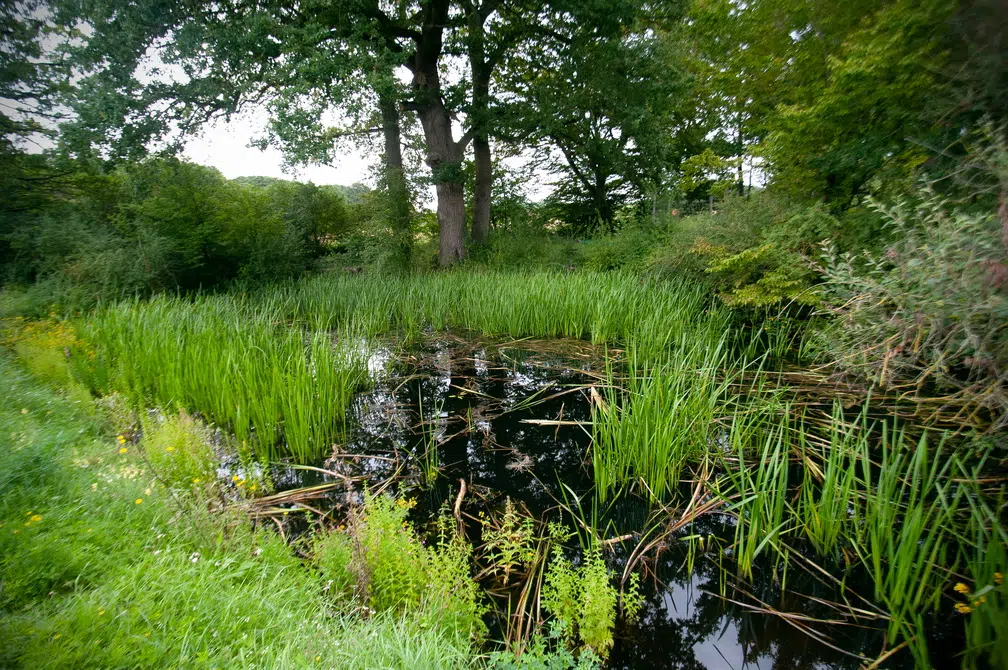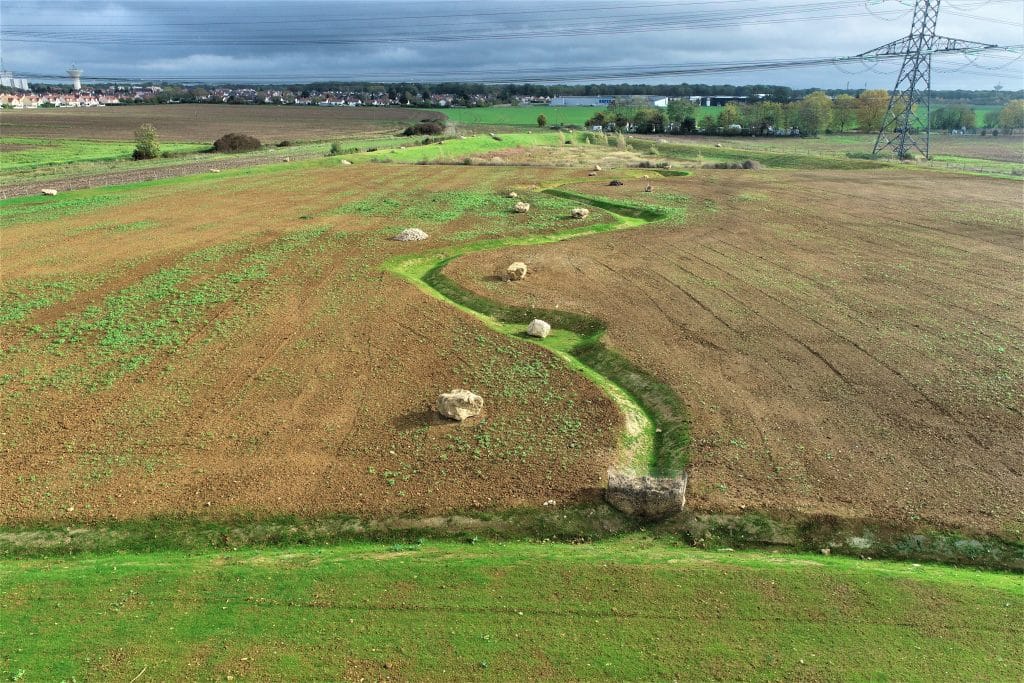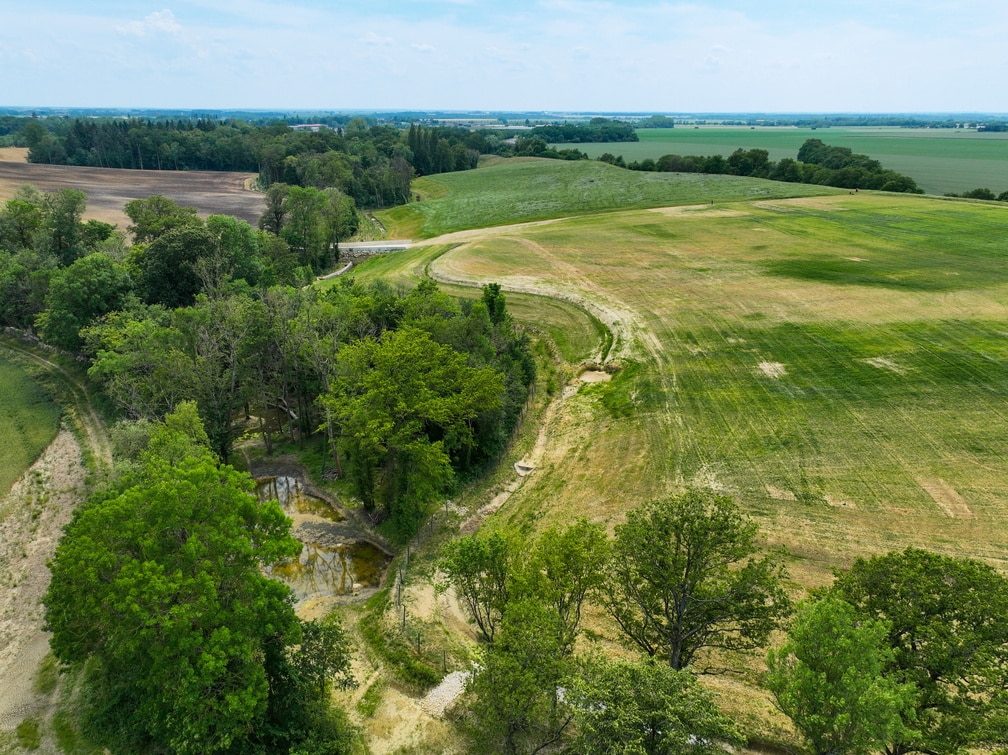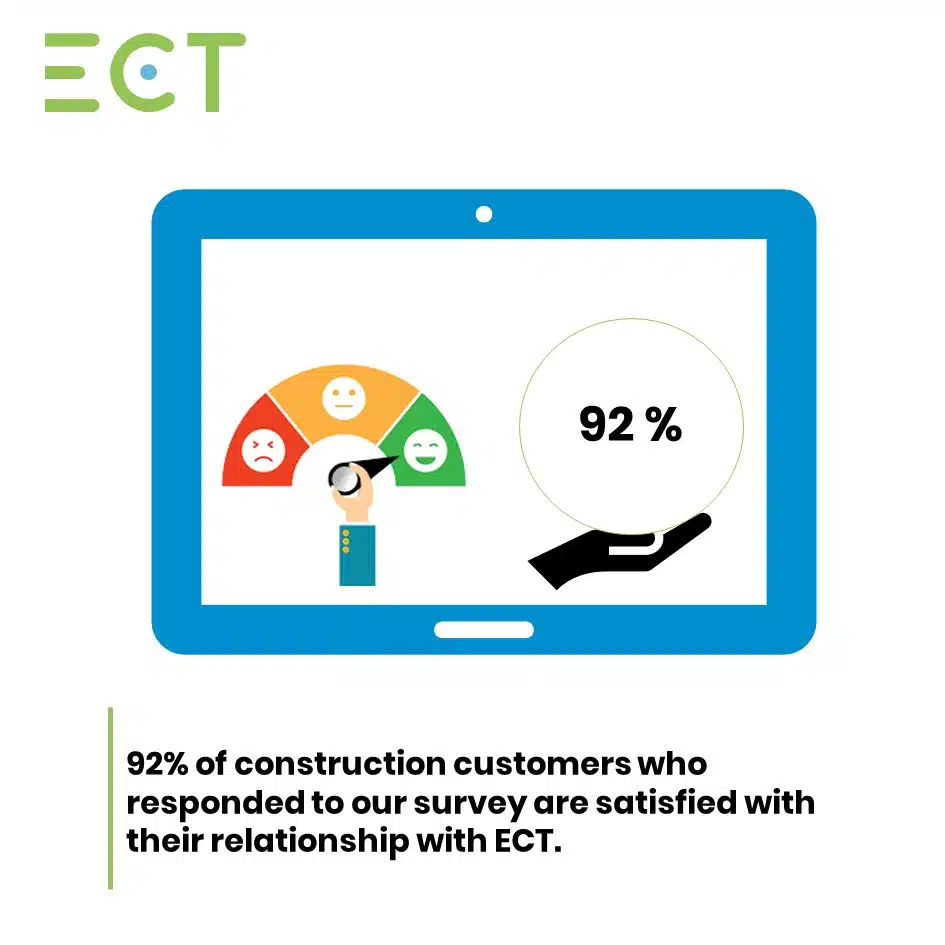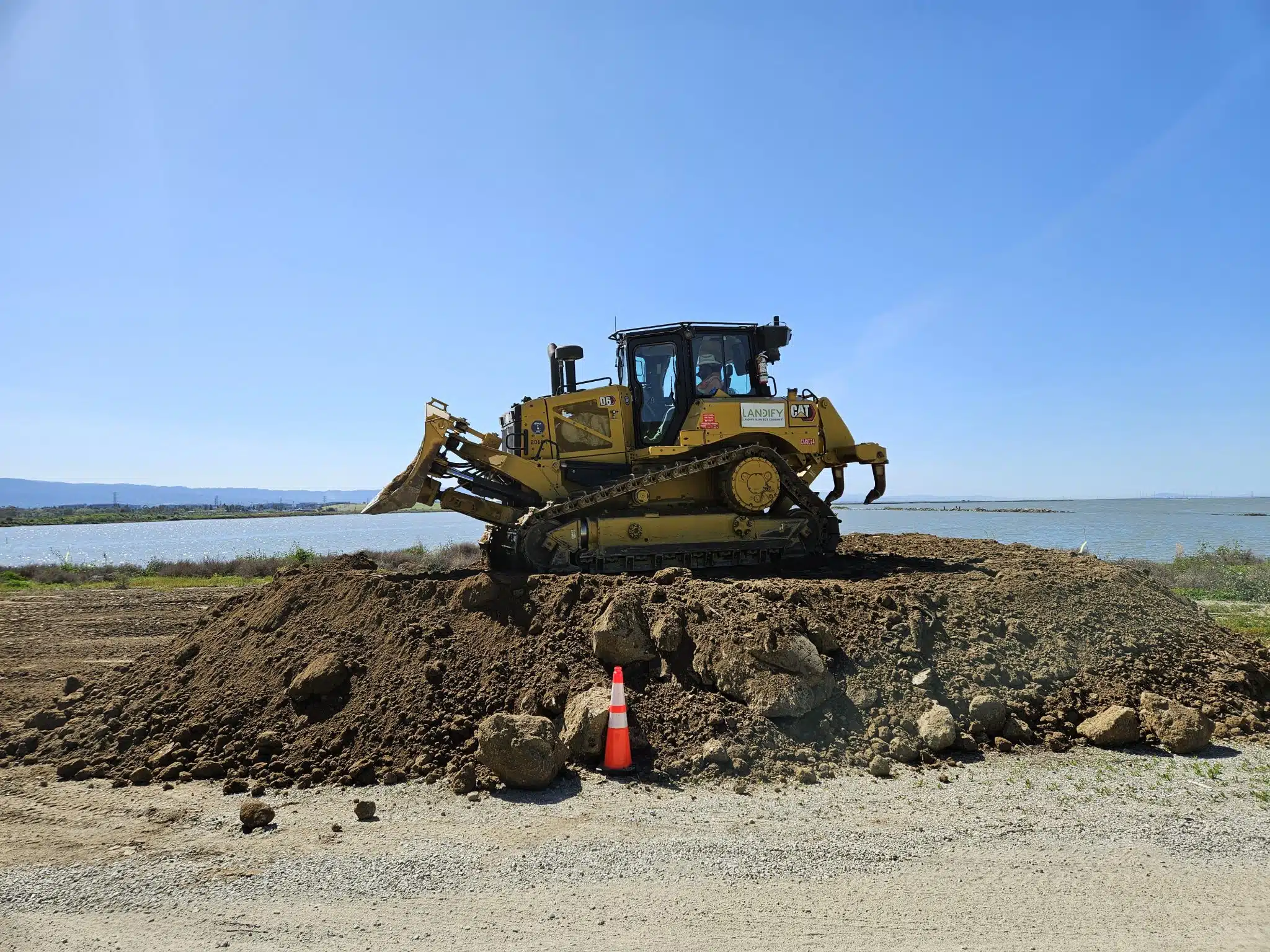
by Clara Didier, Project Manager, Ile-de-France | ECT
Are wetlands a concern for ECT?
Absolutely! Protecting biodiversity is a major concern and challenge for ECT projects. The level of erosion of living things is alarming, while the ecosystem services provided by nature are indispensable to human beings. Preserving, restoring or recreating natural environments helps to strengthen biodiversity and limit its loss.
That’s why taking action to protect wetlands is a priority, as they play a vital role in ecosystems. Because they form a transition zone between aquatic and terrestrial environments, wetlands are one of the richest environments in terms of flora and fauna. A wide variety of species breed here (notably amphibians and insects) and feed here (especially birds and chiropterans). They also play an essential role as buffers and filters in the water cycle. Wetlands are therefore essential.
ECT transforms neglected and damaged land into non-built developments with an environmental and social vocation. These projects are carried out by reusing excavated soil from the construction industry. ECT therefore has a direct impact on its project sites. Our aim is to achieve a positive biodiversity balance that goes beyond regulatory requirements. This takes the form of a Nature Commitment to the OFB. But also systematic assessments of project quality. The design and implementation of our developments offer numerous opportunities for favorable actions and measures that include, depending on the case, the preservation but more often the enhancement or creation of wetlands.
In concrete terms, what actions are implemented at ECT sites?
The first essential action is to avoid areas of high ecological importance, including wetlands. Fauna and flora diagnostics are therefore a prerequisite. These high-stakes areas are protected and secured during the construction phase by site fencing. But also the installation of non-return barriers for amphibians. These barriers allow wildlife to leave the site but prevent them from returning. The management of runoff water, which can be loaded with suspended solids, aims to limit discharge into the natural environment. This led us to create water storage and infiltration ditches. Redents and straw filters settle and filter the water before it is discharged.
These avoided natural environments are also restored and enhanced – if necessary – with, for example, wetlands :
- cleaning the area
- dredging in the event of landfill,
- thinning of the environment, in the case of woodland closure
Ecological issues are taken into account during project design and implementation. We are committed to the development of biodiversity-friendly facilities. Each project is unique, but there are a number of actions that are very common on our sites:
- levelling variation
- creation of natural environments based on local typologies to reconstitute local green and blue networks,
- diversification of environments to encourage a maximum number of plant and animal species
- creation and planting of woodlands, copses, shrub borders, country hedges, fruticées, hay meadows, calcareous grasslands, networks of ponds
- creation of micro-habitats for wildlife.
Finally, at the edges of the projects, the reinforcement of ponds and wetlands is taking shape:
- with a connection to the surrounding ditches to guarantee their water supply
- by lowering and varying the depth of ditches to improve water level fluctuation and variation.
2 emblematic agricultural rehabilitation projects have had wetlands developed by ECT. What is the feedback from the Grisy-Suisnes and Roissy-en-Brie sites in Seine-et-Marne?
Ecological monitoring has been underway at both sites since the beginning of 2023, over 30 years for Grisy-Suisnes and 5 years for Roissy-en-Brie. They are already showing very positive results. The avifauna is well represented on the sites, with amphibians making a comeback, since egg-laying has been observed.
- vegetation to recover in all sectors
- appearance of wetland vegetation,
- fluctuating water levels in wetlands over the year
- highly functional ponds that retain water for a large part of the year
More specifically, on the Grisy-Suisnes project, we had a regulatory commitment to recreate over 6,000 m² of wetlands in a wooded area bordering the project. It was a real challenge, because above and beyond the creation, we had to ensure the functionality and longevity of the recreated wetland.
We proceeded in several stages, in early 2019 and then in autumn/winter 2022. We were very well supported by the Seine-et-Marne State Services (DDT Water Police) and by the DRYOPTERIS consultancy. We proceeded on a total surface of 6 260 m²:
- to a brighter environment
- soil excavation at different depths to create a variety of areas of varying humidity
- seeding
- the creation of micro-habitats for wildlife,
These wetlands are accompanied by ponds that have been restored or created as part of the project.
On the Roissy-en-Brie project, as part of an agricultural rehabilitation project, we have proposed and committed to enhancing and ecologically improving an artificially depressed area created in the past on the edge of the project. The aim was to create a 3.3 ha ecological development zone.
Between autumn 2022 and winter 2022/2023, we continued to work with the DRYOPTERIS consultancy:
- removing invasive species from the area
- the creation of a network of ponds feeding the wetland. Meteoric water is collected in peripheral ditches around the project.
- the creation of a hay meadow
- planting hedges and isolated trees around the wetland area
- the creation of micro-habitats and wildlife refuges (wood and stone).
